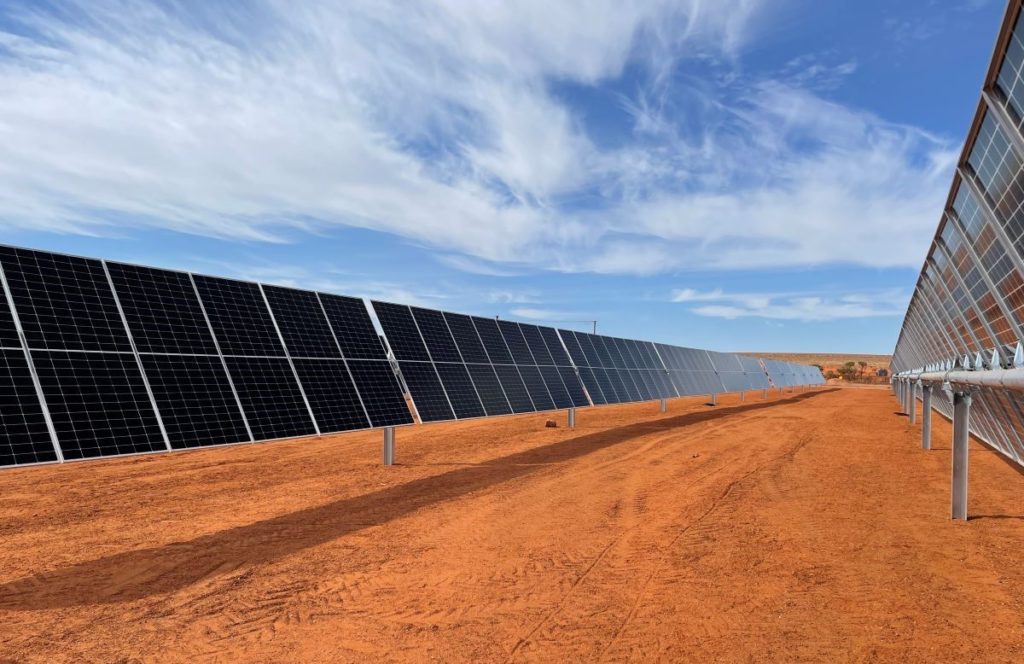Pacific Energy says its subsidiary, KPS Power Generation, has completed the conversion of Iluka Resources’ 10 MW diesel power station at the Jacinth-Ambrosia mineral sands mine in South Australia to a hybrid power facility.
The “world first” hybrid power station incorporates both solar photovoltaics and electric turbo compounding (ETC) technology, combined with an upgraded control system, Pacific Energy said. ETC technology allows generators to maintain the same power output using less fuel and producing lower CO2 emissions, making generators work more cleanly and effectively by recovering waste energy.
The reduction in diesel consumption and improvement in fuel efficiency is expected to save over 2 million litres of diesel and over 5,500 t/y of CO2 at the operation, according to Pacific Energy.
KPS has operated the 10 MW diesel power station at the Jacinth-Ambrosia site since 2009. Under the new contract, which runs for an initial term of seven years, KPS will:
- Install 3.5 MW of solar power generation;
- Integrate the solar array with the diesel power station; and
- Introduce ETC technology to each of the 10 1 MW generators.
juwi Renewable Energy Pty Ltd, the Brisbane-based subsidiary of juwi AG, constructed the medium penetration solar/diesel hybrid power solution for Jacinth-Ambrosia, with KPS owning and operating the hybrid project. It is expected to deliver almost 21% of the mine site’s annual electricity needs.
Shane Tilka, General Manager, Australian Operations at Iluka, said: “The move from diesel to hybrid energy at Jacinth-Ambrosia marks an important evolution in Iluka’s Australian operations. It also offers a potential blueprint for the future use of renewable energy at the company’s other existing and planned operations.”
Pacific Energy Group CEO, Jamie Cullen, said: “We are thrilled to work alongside Iluka, a valued long-term client to deliver a world-class, world-first solar PV and ETC hybrid power facility, and to assist them with reducing carbon emissions and transitioning to net-zero emissions.”











